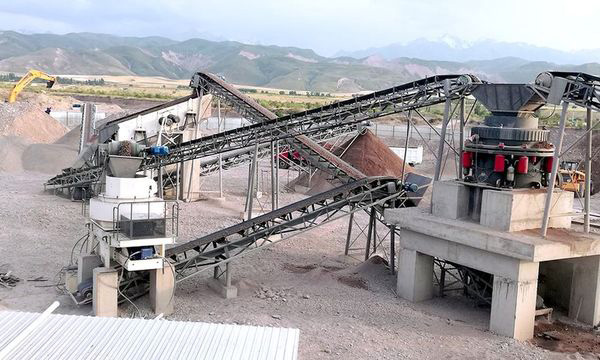When selecting a mineral crusher, it’s essential to consider its capacity and specifications to ensure it meets the needs of your mining or processing operation. Here’s a comprehensive overview of what you should look for:

Types of Crushers
- Jaw Crushers
- Capacity: Typically ranges from 50 to 1,500 tons per hour.
- Specifications: They are known for their ability to handle hard and abrasive materials. Jaw crushers have a crushing ratio of up to 6:1 and can handle feed sizes up to 1,500 mm. They are used for primary crushing and are suitable for crushing rocks like granite, basalt, and ore.
- Cone Crushers
- Capacity: Can handle between 40 to 1,500 tons per hour.
- Specifications: Designed for secondary or tertiary crushing, cone crushers are ideal for materials that are harder and more abrasive. They feature a higher reduction ratio, typically ranging from 4:1 to 6:1, and can crush feed sizes up to 350 mm. They offer precise control over product size and are used in processing minerals like copper, gold, and iron ore.
- Impact Crushers
- Capacity: Generally ranges from 50 to 500 tons per hour.
- Specifications: These crushers use impact force to break down materials, making them suitable for medium to soft materials. They offer a high reduction ratio and are efficient for producing fine aggregates. The feed size can vary, but typical impact crushers handle sizes up to 500 mm. They are commonly used in secondary or tertiary crushing stages.
- Hammer Crushers
- Capacity: Can range from 20 to 500 tons per hour.
- Specifications: Hammer crushers are effective for processing softer materials and are known for their high reduction ratio, often exceeding 20:1. They handle feed sizes up to 1,000 mm and are often used in limestone, gypsum, and coal processing.
Key Specifications to Consider
- Throughput Capacity: Refers to the amount of material a crusher can process in a given time. Higher capacities are essential for large-scale operations, while lower capacities might be suitable for smaller operations.
- Reduction Ratio: The ratio of the feed size to the output size. A higher reduction ratio means the crusher can produce finer material. This is crucial for applications requiring a precise product size.
- Feed Size: The maximum size of the material that can be fed into the crusher. Larger feed sizes generally require crushers with higher capacities.
- Discharge Size: The size of the material that exits the crusher. Some crushers allow for adjustable discharge sizes to meet specific requirements.
- Power Requirements: The amount of power needed to operate the crusher. Higher capacity crushers typically require more power, so ensuring you have adequate power supply is crucial.
- Construction and Material: Crushers are made from various materials, including manganese steel, which affects their durability and resistance to wear. High-quality construction materials extend the lifespan and reduce maintenance needs.
- Operating Conditions: Factors like temperature, humidity, and dust levels can impact crusher performance. Crushers designed for harsh environments can withstand more challenging conditions.
Selecting the right mineral crusher involves evaluating your specific needs in terms of capacity, material type, and desired output. By understanding the various types of crushers and their specifications, you can choose the most suitable equipment for your mining or processing operation, ensuring efficiency and productivity.
